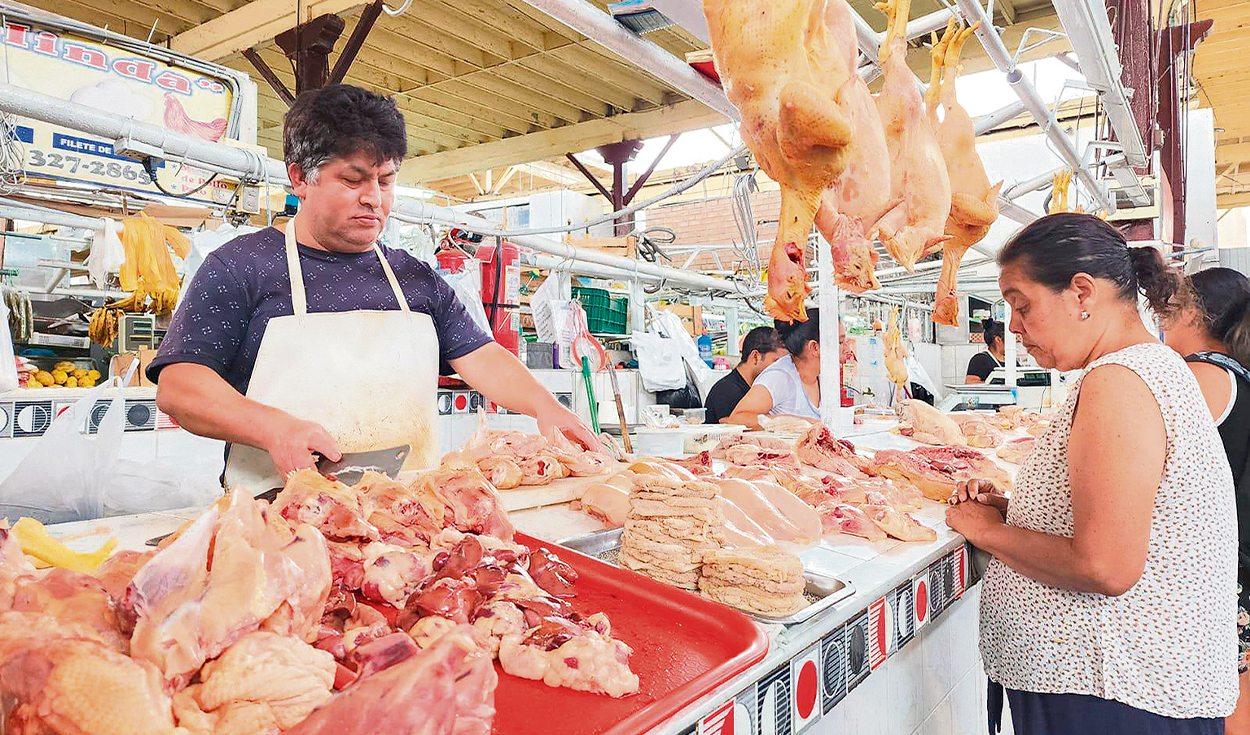
After 35 months, inflation returned to the target range of the Central Reserve Bank of Peru (BCRP), which ranges between 1% and 3%. The INEI reported that, in February, the Consumer Price Index (CPI) for April fell by 0.05%, thus the annual rate stood at 2.42%.
Although the news seems positive, the truth is that prices will not drop to pre-pandemic levels; since, as economist Armando Mendoza explains, the country has suffered a significant inflationary process since 2022.
In April, the price of food and non-alcoholic beverages in metropolitan Lima fell by 0.86%, and it is relevant because this consumption division weighs one fifth of the CPI. However, from January to April it advanced by 1.73% and, in the last 12 months, it decreased by just 0.06%.
“It is absurd to talk about a significant price reduction yet, since -0.01% (national inflation) and -0.05% (metropolitan Lima) is minimal. In reality it is more of a stabilization of prices, but be careful: at high levels, since the inflation accumulated throughout the year and in previous years has not been reversed,” warned economist Armando Mendoza.
In that sense, the expert asserted that what is happening within the consumer basket must be analyzed in detail, since there are items that are decreasing, but also others that are growing and have an important weight. For example, education already has a strong cumulative inflation rate so far this year of 4.46%.
It is important to note that, in March, the BCRP projected that inflation would close the year at 2.2%, motivated by the lower incidence, observed in recent months, of weather phenomena on food prices.
Source: Larepublica
Alia is a professional author and journalist, working at 247 news agency. She writes on various topics from economy news to general interest pieces, providing readers with relevant and informative content. With years of experience, she brings a unique perspective and in-depth analysis to her work.












